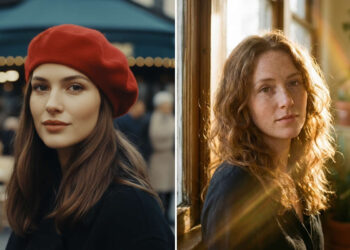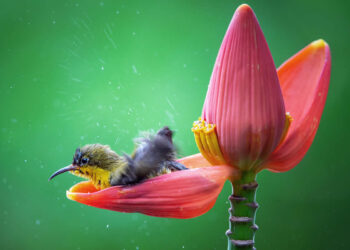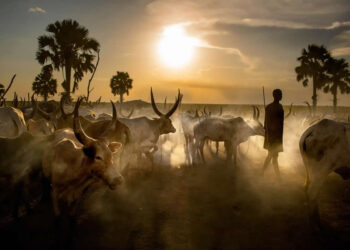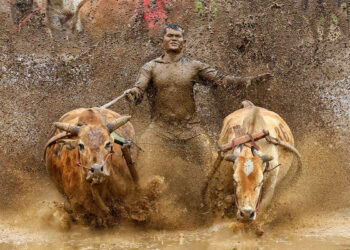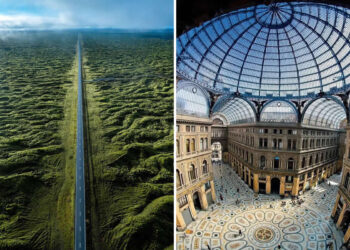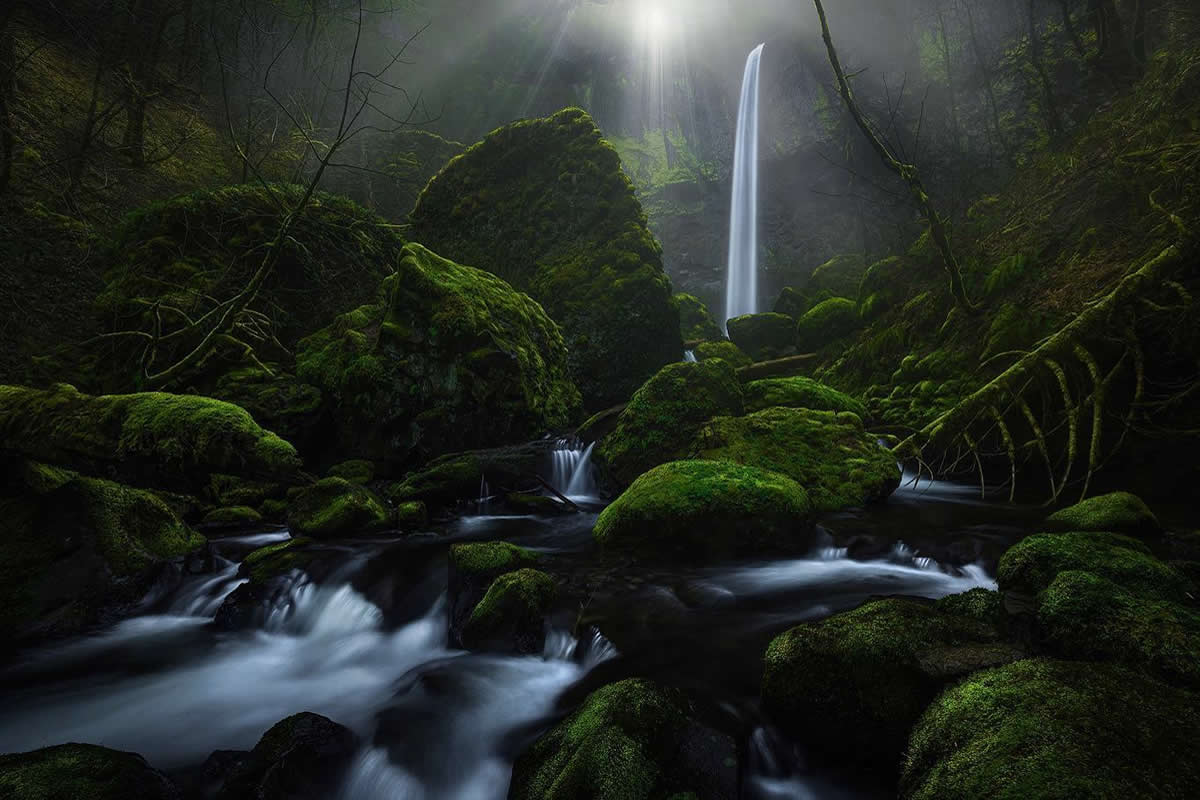Photography has long served as both a mirror and a window—reflecting the world as it is, while offering glimpses into new perspectives, unseen truths, and deeper emotions. In the United States, a rich lineage of master photographers has shaped not only the national visual culture but also the global evolution of the medium. From the vast wilderness of the American West to the intimate portraits of marginalized communities, American photographers have wielded their cameras with purpose, creativity, and profound social insight.
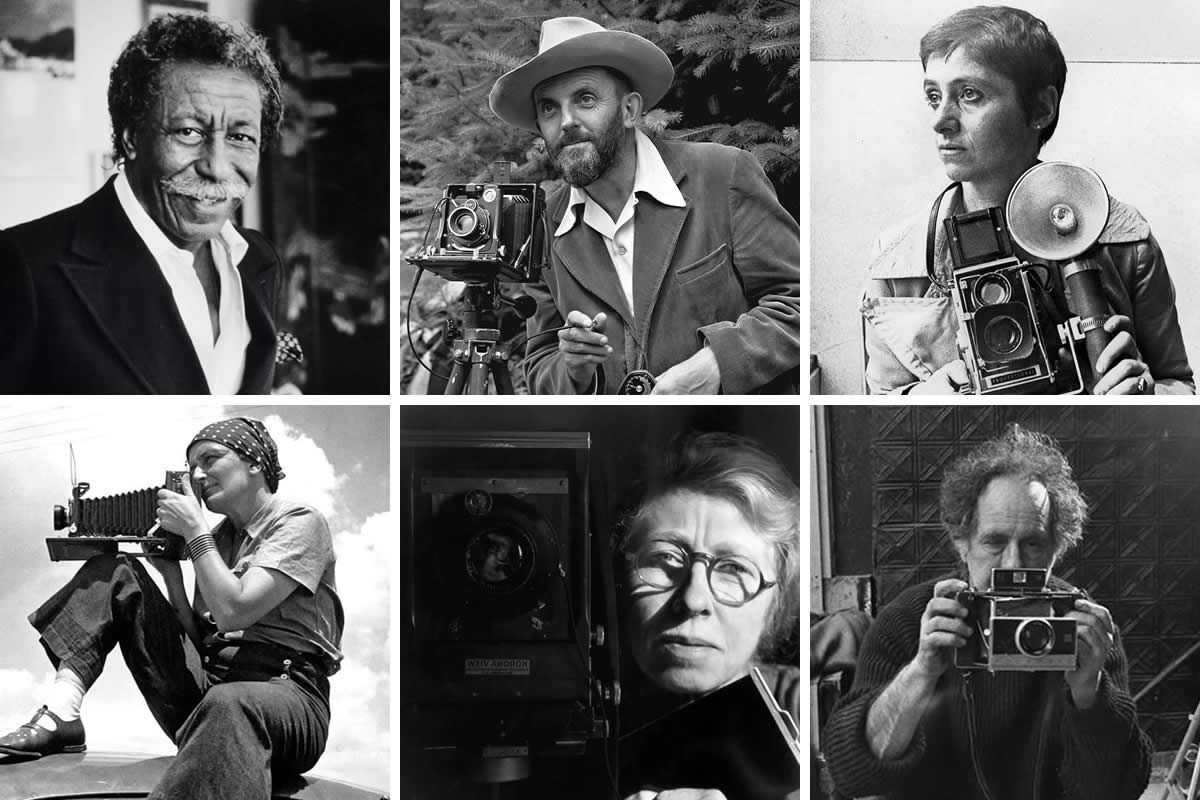
Throughout history, these visionary artists have used photography to document change, challenge norms, and elevate everyday moments into timeless works of art. Whether rooted in documentary realism, modernist experimentation, or conceptual innovation, their images continue to inspire, provoke, and educate. Their legacies are not merely defined by aesthetic brilliance, but by the impact their work had on art, society, and the way we see the world.
This article highlights ten American master photographers whose contributions have left a lasting imprint on the history of photography. Each brought a unique voice and vision to the medium, capturing the essence of their times while paving new paths for future generations. Some chronicled hardship and injustice with unflinching honesty; others revealed the beauty in form, light, and the everyday. Together, they form a canon of excellence that every photography enthusiast, student, or historian should know.
Let’s explore the work and legacy of these ten trailblazers who helped define photography as both an art form and a powerful social tool.
1. Ansel Adams (1902–1984)

Known For: Landscape photography, black-and-white images of the American West
Legacy: Ansel Adams stands as one of the most iconic photographers in American history. His majestic black-and-white photographs of the American wilderness—particularly Yosemite National Park—are etched into the national consciousness. Adams co-developed the Zone System, a method to determine optimal film exposure and development, enhancing the tonal quality of prints. A passionate conservationist, Adams used his images to advocate for environmental preservation, blending technical mastery with a profound reverence for nature.
2. Dorothea Lange (1895–1965)
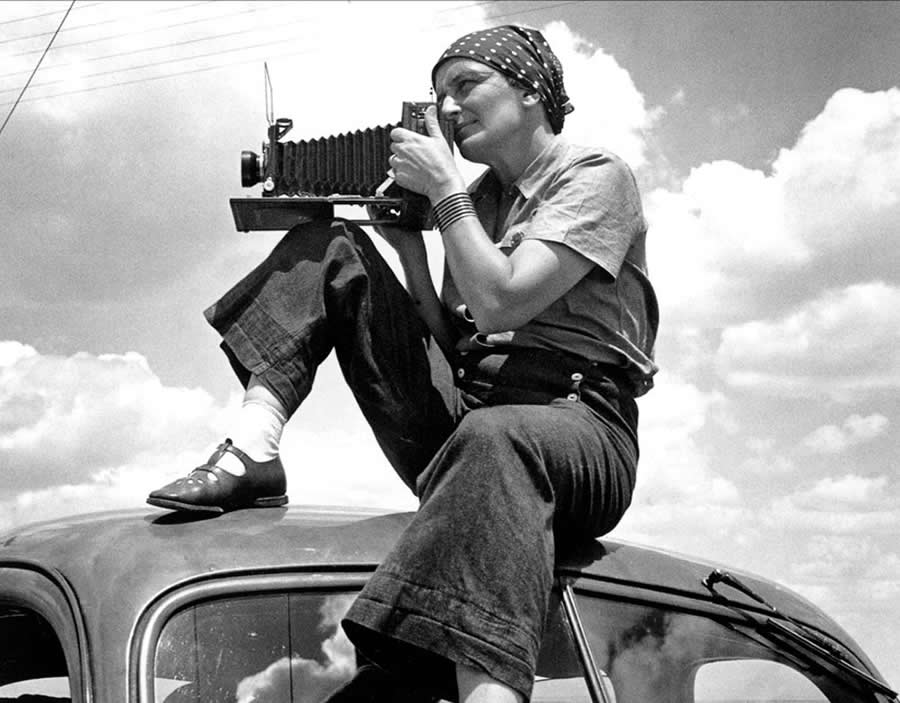
Known For: Documentary photography during the Great Depression
Legacy: Dorothea Lange’s empathetic lens captured the struggles of the American people during one of the most difficult periods in U.S. history. Her most iconic photograph, Migrant Mother (1936), became a symbol of the Great Depression and helped raise awareness about poverty and displacement. Working for the Farm Security Administration (FSA), Lange transformed social suffering into powerful visual narratives that continue to shape humanitarian photography.
3. Walker Evans (1903–1975)
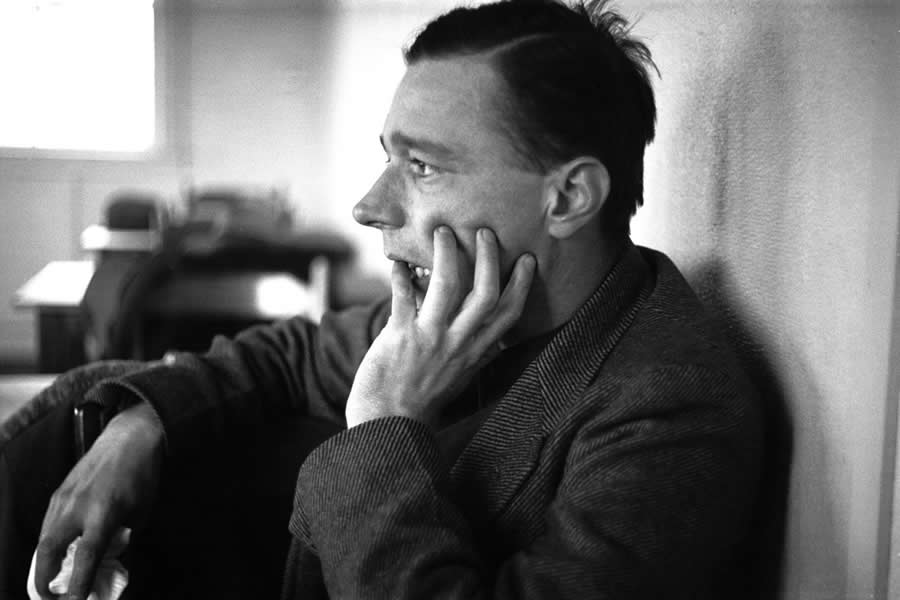
Known For: Documentary photography of rural America and urban life
Legacy: Walker Evans is renowned for his stark and unflinching portrayals of American life, especially during the 1930s. His FSA work and his groundbreaking collaboration with writer James Agee on the book Let Us Now Praise Famous Men (1941) documented the dignity and hardship of tenant farmers in the South. Evans’s style—marked by clarity, structure, and objectivity—laid the groundwork for American documentary photography.
4. Diane Arbus (1923–1971)

Known For: Portraits of marginalized and unconventional subjects
Legacy: Diane Arbus broke barriers by photographing people often ignored or misunderstood by society—drag queens, circus performers, the mentally ill. Her raw, square-format portraits are both intimate and confrontational, challenging viewers to reconsider notions of normalcy and beauty. Arbus’s work pushed the boundaries of portraiture and paved the way for more inclusive and honest representations in art.
5. Edward Weston (1886–1958)
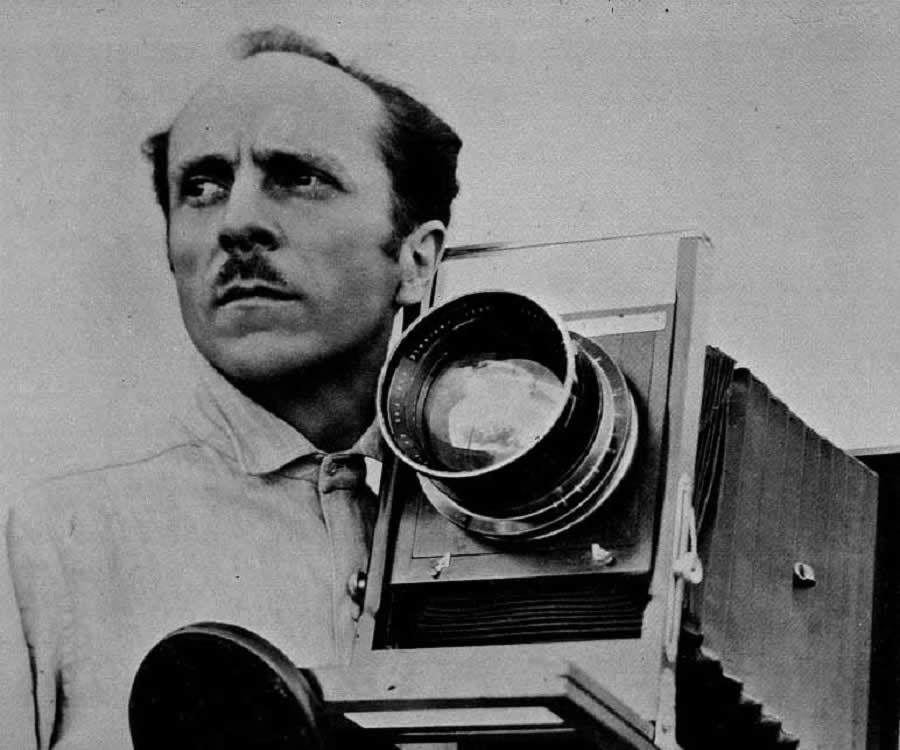
Known For: Modernist still lifes, nudes, and landscapes
Legacy: Edward Weston was a founding figure of modernist photography in America. His sharply focused, richly detailed images of natural forms—such as shells, peppers, and sand dunes—elevated photography to a fine art. Weston’s dedication to “straight photography” emphasized the inherent beauty of his subjects, unmarred by manipulation. He helped establish photography’s artistic legitimacy in the 20th century.
6. Gordon Parks (1912–2006)

Known For: Photojournalism, civil rights documentation, and fashion photography
Legacy: Gordon Parks was a trailblazer in multiple photographic genres and the first African American photographer for Life magazine. His camera became a weapon against racism, poverty, and injustice. One of his most famous photo essays, A Harlem Family (1967), highlighted the struggles of inner-city families with compassion and depth. Parks also directed films, including Shaft (1971), bringing a photographer’s eye to the world of cinema.
7. Imogen Cunningham (1883–1976)

Known For: Botanical photography, female nudes, and industrial landscapes
Legacy: Imogen Cunningham’s versatile work spanned portraiture, macro photography, and industrial scenes. As a member of the f/64 group alongside Ansel Adams and Edward Weston, she championed sharp-focus photography. Her images of plants and flowers revealed sensuality and structure, while her portraits of artists and bohemians chronicled early 20th-century creativity. Cunningham challenged gender norms and was a pioneering female figure in the photography world.
8. Robert Frank (1924–2019)
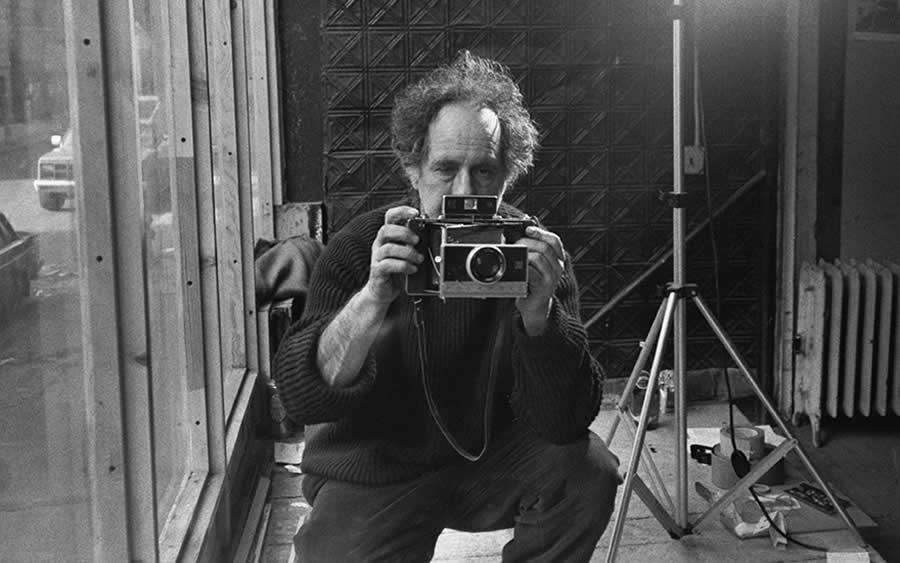
Known For: The Americans (1958) photo book
Legacy: Swiss-born but American by choice, Robert Frank’s seminal book The Americans offered a raw, outsider’s look at postwar U.S. culture. His grainy, off-kilter images broke from traditional aesthetics and portrayed the undercurrents of alienation, race, and inequality in American society. With its jazz-inflected rhythm and unflinching realism, The Americans remains one of the most influential photobooks in history.
9. Richard Avedon (1923–2004)

Known For: Fashion and portrait photography
Legacy: Richard Avedon redefined fashion photography with his dynamic, expressive images for Harper’s Bazaar and Vogue. His studio portraits, often shot against stark white backgrounds, captured emotional vulnerability and psychological depth. Avedon also documented American life beyond fashion, with powerful series like In the American West, portraying workers and drifters with dignity and clarity. His ability to fuse style with substance made him a giant in both commercial and fine art photography.
10. William Eggleston (b. 1939)

Known For: Pioneering color photography in art
Legacy: William Eggleston is credited with legitimizing color photography as a serious art form. His seemingly mundane images—gas stations, diners, suburban streets—are saturated with color and quiet tension. Eggleston’s 1976 solo exhibition at the Museum of Modern Art (MoMA) was groundbreaking and controversial, but it ultimately cemented his role as a visionary. His democratic eye found beauty in the banal and influenced generations of color photographers.
Conclusion
These ten American master photographers each carved a unique path through the medium, redefining what photography could be and who it could serve. Their visions were shaped by their eras but transcended time, offering enduring insights into humanity, nature, culture, and art. Understanding their contributions is essential for anyone interested in the evolution of visual storytelling and the power of the photographic image.
Whether you are a student, a collector, or a casual admirer, exploring their work is a journey through the American experience—and the universal human condition—told through the lens of genius.


